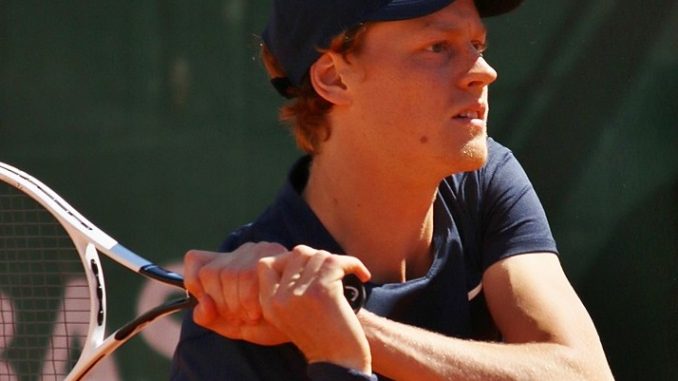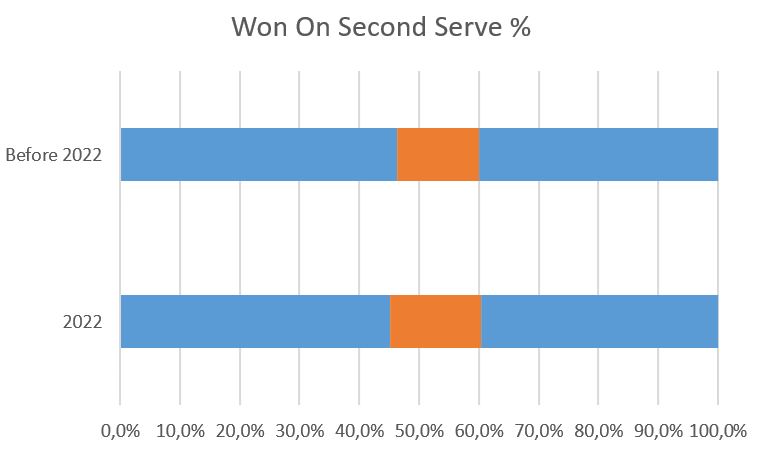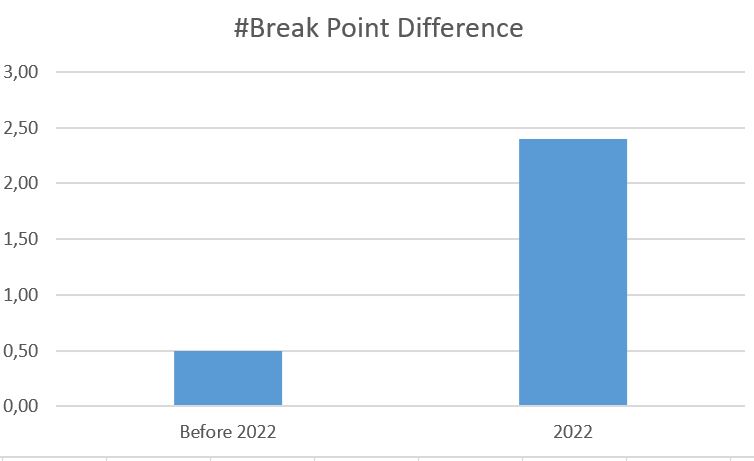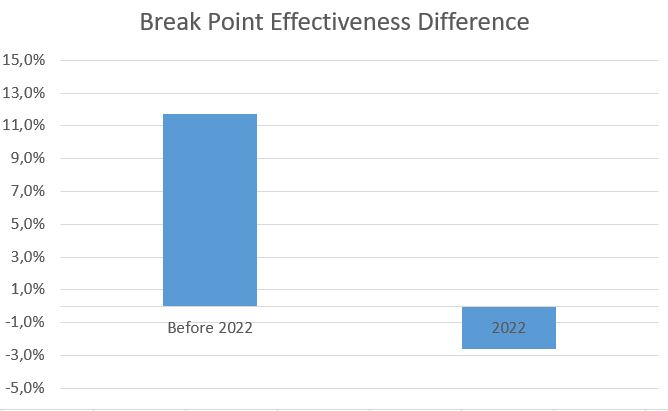
On 20th April 2019, an 18-year old Italian guy named Jannik Sinner wins his first ATP match, in Budapest, defeating Máté Valkusz.
At the end of the season, he wins the Next Gen tournament in Milan, and he is already one of the top 80 players in the world, according to the ATP ranking.
At the end of 2020, he wins his first ATP title in Sofia, overcoming Vasek Pospisil in the final match, winning the decisive tie-break of the third set.
In 2021, Sinner takes the scene: he wins four titles, qualifies for the first time for a final in an ATP Master 1000 (more specifically, in Miami) and reaches the top 10.
And now?
Well, now Jannik is trying to make the last and, probably, the toughest step, the one leading to a Master 1000 or, why not, a Grand Slam title.
To get there, he decided to change: since February 2022, Riccardo Piatti is not his coach anymore.
And, looking at Sinner’s matches, something is changing in the way he approaches the game: for example, he started to use the drop shot more than he used to.
In this article, we will analyze the data concerning Sinner’s matches, distinguishing the first three years of his young career (2019-2021) from the latest one (2022) and looking for statistical evidence supporting our intuition.
Also Read:
- Interesting Tennis Trivia to Blow Your Mind
- Why do Tennis Players Check Multiple Balls Before Serving?
1. Serve Games


In Figure 1 we see a comparison between the percentage of points won of first serve by Sinner in 2019-2021 with respect to the same statistic in 2022.
In Figure 2, the same plot is shown for what concerns the percentage of points won by the Italian player on his second serve.
More specifically, if we sort the percentage of points won on first serve by Sinner in the two periods, the orange part of each bar represents the central part of this ranking.
In other words, it represents a sort of “extended median”, not just showing the median value (the one at 50% of the distribution), but all the values from the 25-th until the 75-th percentile of the distribution.
From Figure 1, it is pretty clear that Sinner is asking more to his first serve in the last year.
Not only the range (especially the left part) shifts to the right, that is, increases, but also it gets smaller in size.
We may interpret this by saying that the effectiveness obtained by Sinner on his first serve is both higher and more regular.
Unfortunately for Jannik, the same does not happen on his second serve. As we can see in Figure 2, the statistic is, roughly speaking, unchanged.
We could conclude that Sinner is trying to do more things, and not just to rely on his regularity and speed from the baseline but, at the moment, he still needs some help from the serve to accomplish this upgrade to his playing style.
And what about return games?
Also Read:
2. Return Games


In Figure 3 we see a comparison between the difference in the number of break points that Sinner creates with respect to the ones that he concedes in 2019-2021, and in 2022.
The difference in these two statistics is so big, that there is no need to look to the 25th -75th percentile range of values, a comparison between average values looks clear enough.
The first bar, in fact, is telling us that in 2019-2021 he creates, on average, 0.5 break point more than the opponent; 2.4 more in 2022.
In Figure 4, a similar logic is applied to break point effectiveness: here, the first bar is telling us that, on average, in 2019-2021, Sinner turns a break point into a break 11% times more than the opponent does; 2.6% less than the opponent in 2022.
This can be interpreted as a different implication of the basic choice by Sinner in his game, that is adding variety and increasing aggressiveness.
In return games, this leads him to create many more chances (more break points): still, probably, playing like this does not feel too natural for Sinner and this reflects in less precision, when trying to convert the break points into breaks (drop in break point effectiveness, again, when compared to the opponent’s one).
We may then conclude our comparative analysis between Sinner’s game in 2019-2021 period and in 2022 by labeling 2022 as a (first?) transition year, in which Jannik starts benefiting from his new shots, but still struggles in executing the game plan very naturally.
So, he is number 15 in the world now, being 21 years old but, most likely, considering also that he has already shown to be a hard worker, the best is yet to come.